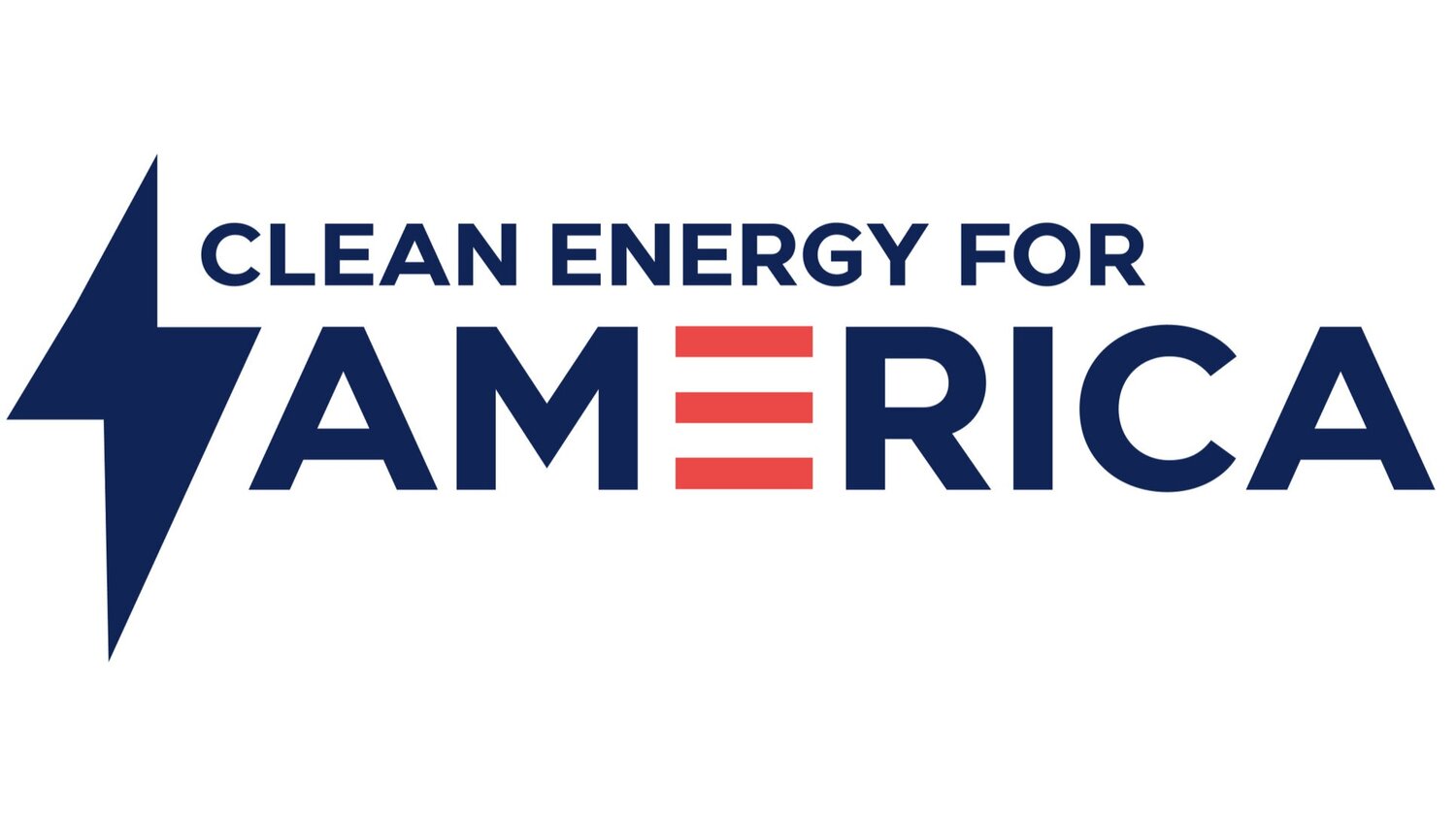“Game Changing”: Transferability Could Supercharge the Inflation Reduction Act’s Impact on Clean Energy Jobs, Manufacturing and Savings, Say Panelists at May 30 CE4A Webinar
“What's not widely known is that the ultimate effect of the IRA (Inflation Reduction Act) is really going to be driven by the ability to monetize tax credits,” said Scott Pearl of Global Infrastructure Partners, speaking at the May 30th panel hosted by Clean Energy for America, Crux, and Pioneer Public Affairs.
He and other experts discussed the transferability of tax credits, a potentially vital reform introduced by the 2022 Inflation Reduction Act.
“I think transferability has the potential to be a real game changer,” said Pearl.
WHAT IS TAX CREDIT TRANSFERABILITY
Thanks to the IRA, clean energy producers can now sell their clean energy production or investment tax credits to third parties, such as investors or banks.
“Transferability means the ability of those who create tax credits to sell them to someone else who may actually need them and potentially avoid the need for the sort of PhD and finance thesis projects that tax equity has been in the last couple decades,” said Rob Parker, chief commercial officer of Crux.
“Transferability is making tax credits an even more important tool for clean energy deployment,” said Cassie Rowlins, chief finance director, Pioneer Public Affairs.
Before, tax credits were limited to owners or co-owners of the eligible projects. This limited the pool of private capital, since banks or investors may want to benefit from the growth of clean energy projects but don’t want to become co-owners.
Now, investors can buy the credits, lowering their tax burden for the year. Meanwhile, clean energy companies can get the money faster than if they waited for tax season. And importantly, they could get more of it: Many small and medium-sized businesses don’t have the tax liability to take full advantage of the credit themselves.
WHY TAX CREDIT TRANSFERABILITY MATTERS
Panelists agreed that monetizing tax credits helps lower the overall cost of capital for a clean energy project, which means more projects and thus more jobs for U.S. workers and lower costs and pollution for U.S. consumers.
“Having deeper pools of capital through some of these different mechanisms in the IRA, will help facilitate a faster decarbonization trajectory bearing out over time,” said Rob Rains, senior vice president at Washington Analysis.
“The traditional players in the market — particularly the financial institutions — have a limited size as relates to their ultimate tax appetite,” said Scott Pearl. “It's really in the low tens of billions of dollars versus the hundred that [others] quoted…so if we were going to stick with the historical construct, really the ambitions of the IRA would be challenged to be realized.”
HOW POPULAR ARE TAX CREDIT TRANSFERS
The impact has been substantial and swift, according to panelists. “In what were only a handful of months in the first year of existence, we estimate $7 to $9 billion dollars of tax credits transacted in ‘23, which is really astronomical for kind of a first year of a market,” said Rob Parker, chief commercial officer at Crux. “This year, a lot of estimates are $20 billion dollars plus, and there's a forecast of over $100 billion dollars a year of tax credits across the various types by 2030.”
Many players are participating: across sectors and company size. “It’s not just the Fortune 500 companies,” said Rob Parker. “It’s everything in the middle: the big, [the] medium, [the] private companies and family companies.”
Across the board, panelists were optimistic about the tax credits and America’s burgeoning clean energy industry.
“There’s a lot of excitement around it, and it incites a whole new pool of the investment class to participate which is always good and lifts all the boats within the space,” said Rob Rains.
Don’t miss our next event: Sign up for the CE4A newsletter today.
